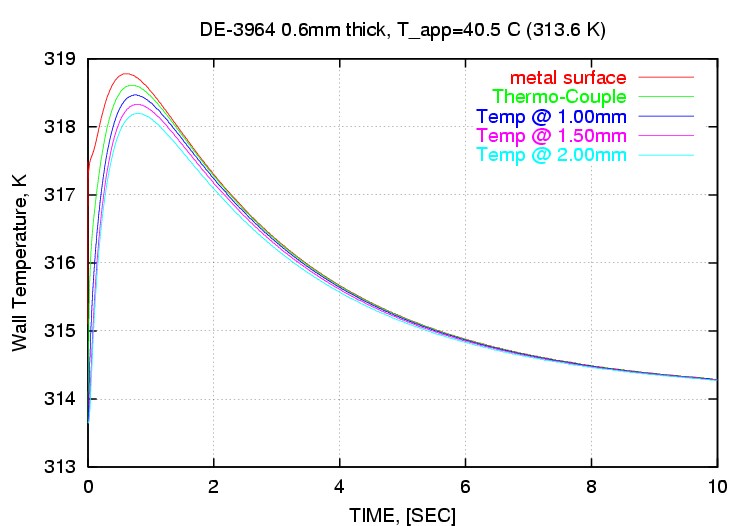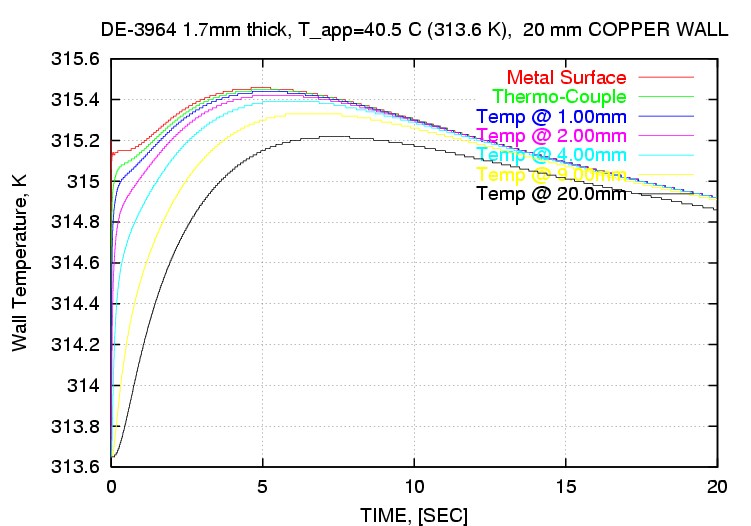THERMOPLASTIC MATERIAL RESEARCH
Some contributions have been made to research programme into cristallisation of thermoplasts at the Johannes Keppler university in Linz, Austria. One of the experiments done, is to quench a small sample of molten thermoplast between metal plates. As the cristals grow, they grow from a small number of molecules into a size that diffuses visible light. The minimum particle size able to diffuse light can be calculated by optical laws. The time it takes cristals to grow from size zero to the size that diffuses light is easily determined as the melt goes from a clear condition to opaque. With this information, the cristal growth velocity can be calculated. The calculated growth velocity agrees well with the results of other experiments.
The apparatus used for this experiment consists of a small oven, in which the sample is preheated to the required initial temperature of 150 degree centigrade (molten condition). Then, it is quickly transferred between two 2mm thick stainless steel water-cooled pistons with a diameter of a few centimeters, between which the sample is quenched to 40.5 degree centigrade. Sample thicknesses of 0.6 and 1.7 mm were investigated. In one the pistons there is a thermocouple at 0.5 mm below the surface, that measures the metal temperature as function of time. It is necessary to know the surface temperature as it significantly influences the cristallisation.
In the experiments, a metal temperature rise of between 7 for the thinner and 10 degrees centigrade for the thicker sample was observed, which within 10 to 20 seconds went back to below 1 degree centigrade. Both cases were simulated and the simulations closely matched the experimental results. It can also be verified, that AHTL correctly calculated the theoretical interface temperature, given by:
(T_melt -T_interf) SQRT(rho*Cp*cond)_metal
----------------- = ----------------------
(T_interf-T_metal) SQRT(rho*Cp*cond)_melt
| Material | cond.[W/m/K] | rho [kg/m3] | Cp [J/kg/K] |
| polyethylene | 0.17 | 770 | 2100 |
| steel | 50 | 7900 | 500 |
==> T_interface = 317.6 K
Note: the material shown here is outdated. Please refer to the
publication in International Polymer Processing or contact HTC.

Next, it was calculated what would happen if, instead of using 2mm stainless steel walls, 20mm copper piston walls were to be utilized. Copper is the best material for the application as the product of density, specific heat and conductivity is the largest of all possible materials.

It can be seen, that the temperature rise is less than two degrees centigrade, a big improvement over the original configuration. The steps in the graph are an artifact; the numbers that were used to generate it were printed in two decimals behind the decimal point. With these small temperature ranges, the numerical rounding steps become visible. These results have lead to improve the design of the experimental apparatus and a scientific publication is forthcoming.